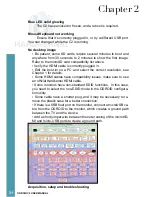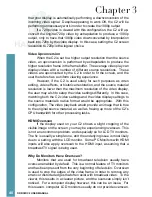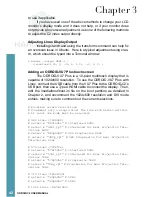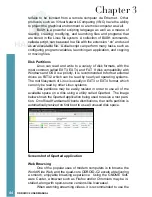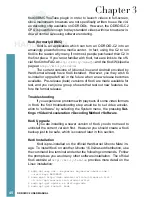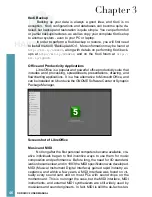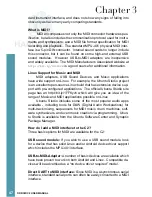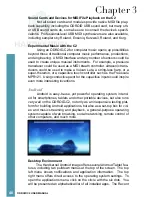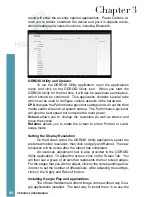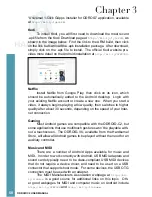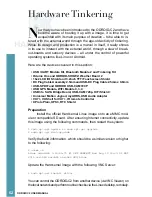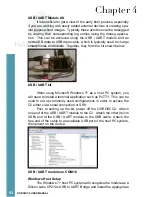
40
ODROID C2 USER MANUAL
that your display is automatically performing a downconversion of the
incoming video signal. Despite appearing to work OK, the C2 will be
performing unnecessary work in order to create the 1080p output.
If a 720p video is viewed with this configuration, the C2 will up-
convert the original 720p video by extrapolation to produce a 1080p
output, only to have that 1080p video downconverted by interpolation
back into 720p by the video display. In this case, setting the C2 screen
resolution to 720p is the logical choice.
Video Upconversion
When the C2 is set to a higher output resolution than the source
video, an upconversion is performed by extrapolation to produce the
higher resolution frame in the framebuffer. The average video play can
display videos with a number of different source resolutions. These
videos are upconverted by the C2 in order to fit the screen, and the
user therefore has a uniform viewing experience.
However, if the C2 is used solely for such purposes as video
editing, video effects, or historical restoration, and the source material
resolution is lower than the maximum resolution of the video display,
the user may wish to setup the video settings differently. In this case,
matching both the C2 video settings and the video display settings to
the source material’s native format would be appropriate. With this
configuration, The video playback would provide an image that is true
to the original source material, as well as freeing up more of the C2’s
CPU bandwidth for other processing tasks.
HDMI Overscan
If the display used on your C2 shows a slight cropping of the
visible image on the screen, you may be experiencing overscan. This
is not an uncommon problem, and especially so for LCD TV monitors.
The fix is usually a simple one, and the underlying issue is most likely
due to a setting with the LCD monitor. Some PC Monitors with HDMI
inputs will also apply overscan to the HDMI input, assuming that a
broadcast TV signal is being used.
Why Do Monitors Have Overscan?
Monitors that are used for broadcast television usually have
overscan enabled by default. This is a normal feature of TV monitors
and has been present from the very beginning of television. Overscan
is used to crop the edges of the video frame in order to remove any
erratic or distorted edges that often exist with broadcast video. To the
viewer, this results in a cleaner picture, and the overscan simply isn’t
noticed. For a computer display however, this can be an issue. For
this reason, computer LCD monitors usually do not provide overscan,
Chapter 3






